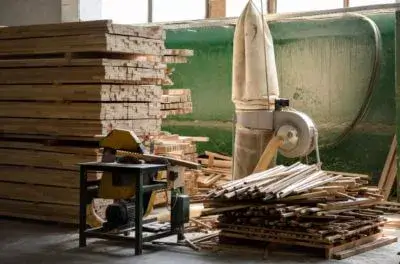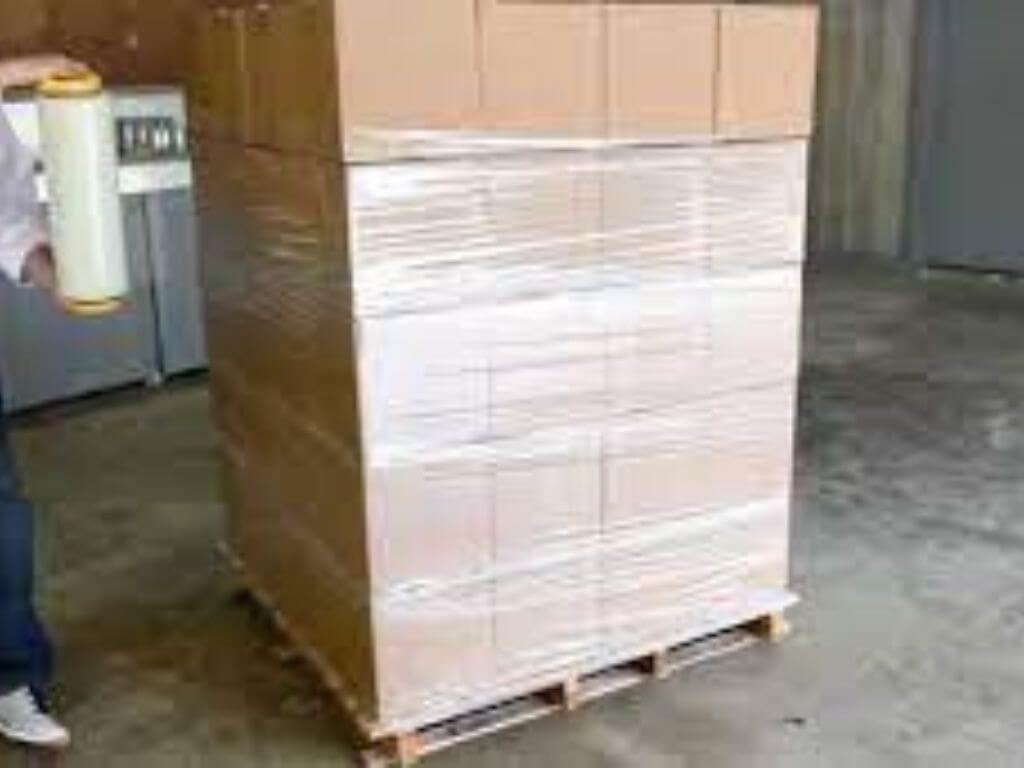Guide to Wrapping a Pallet for Steel Fabrication
When it comes to transporting steel fabrication materials, proper pallet wrapping is essential to ensure the safety and integrity of the cargo. By following a comprehensive guide, you can effectively wrap a pallet for steel fabrication, minimizing the risk of damage and maximizing efficiency throughout the transportation process.
Assess the Load
Before wrapping the pallet, carefully assess the size, weight, and shape of the steel fabrication materials. Ensure that the load is evenly distributed across the pallet to prevent imbalances that could lead to instability during transportation.
Choose the Right Wrapping Material
Selecting the appropriate wrapping material is crucial for protecting steel fabrication materials during transit. Opt for high-quality stretch wrap or shrink wrap that is durable, tear-resistant, and capable of securely containing the load.
Secure the Bottom Layer
Start by anchoring the wrapping material to the bottom layer of the pallet. Secure the end of the wrap to the pallet using a secure knot or tape to prevent unraveling.
Begin Wrapping
Carefully wrap the pallet in a tight, uniform manner, ensuring that each layer overlaps slightly to create a secure seal. Use a pallet wrapping machine or dispenser for larger loads to streamline the process and ensure consistent tension throughout.
Pay Attention to Corners and Edges
Pay special attention to the corners and edges of the pallet, as these areas are prone to damage during transportation. Double-wrap these vulnerable areas or reinforce them with additional layers of wrap for added protection.

Apply Sufficient Tension
Maintain consistent tension while wrapping the pallet to ensure a tight and secure seal. Avoid overstretching the wrap, as this can cause it to tear or become ineffective in containing the load.
Consider Environmental Factors
Take into account environmental factors such as temperature, humidity, and exposure to moisture when wrapping pallets for steel fabrication. Choose wrapping materials that are resistant to moisture and UV rays to protect the cargo from damage.
Add Corner Protectors
For extra protection against damage, consider adding corner protectors to the pallet before wrapping. These sturdy reinforcements help prevent punctures, tears, and abrasions that can compromise the integrity of the load.
Label and Document
Once the pallet is securely wrapped, label it with relevant information such as the destination, contents, and handling instructions. Keep a detailed record of each pallet’s contents for inventory management and tracking purposes.
inspect the Wrap
After wrapping is complete, carefully inspect the pallet to ensure that the wrap is secure and free from any tears, punctures, or loose ends. Make any necessary adjustments or repairs to maintain the integrity of the load.
Secure the Top Layer
Finish wrapping the pallet by securely anchoring the top layer of the wrap to the pallet. Use tape or a secure knot to prevent unraveling during transit.
Finalize Documentation
Complete any necessary documentation, including shipping labels, manifests, and bills of lading, to accompany the wrapped pallet during transportation.
Also Read: How The Wooden Pallets Industry Is Committed To Sustainability
By following these guidelines for wrapping a pallet for steel fabrication, you can effectively protect valuable materials from damage and ensure their safe arrival at their destination. Remember to prioritize safety, efficiency, and attention to detail throughout the wrapping process to maximize the effectiveness of your efforts.






